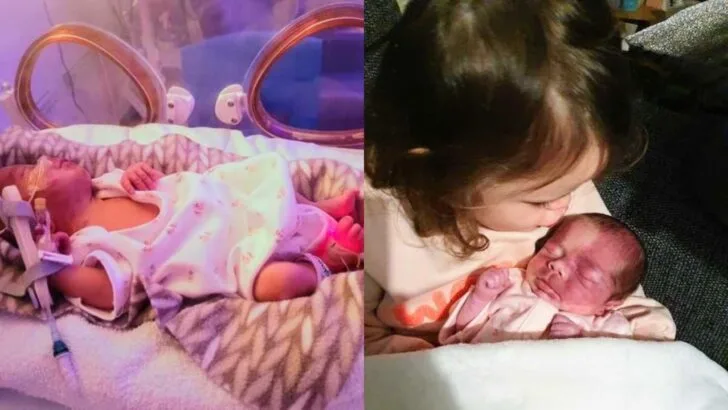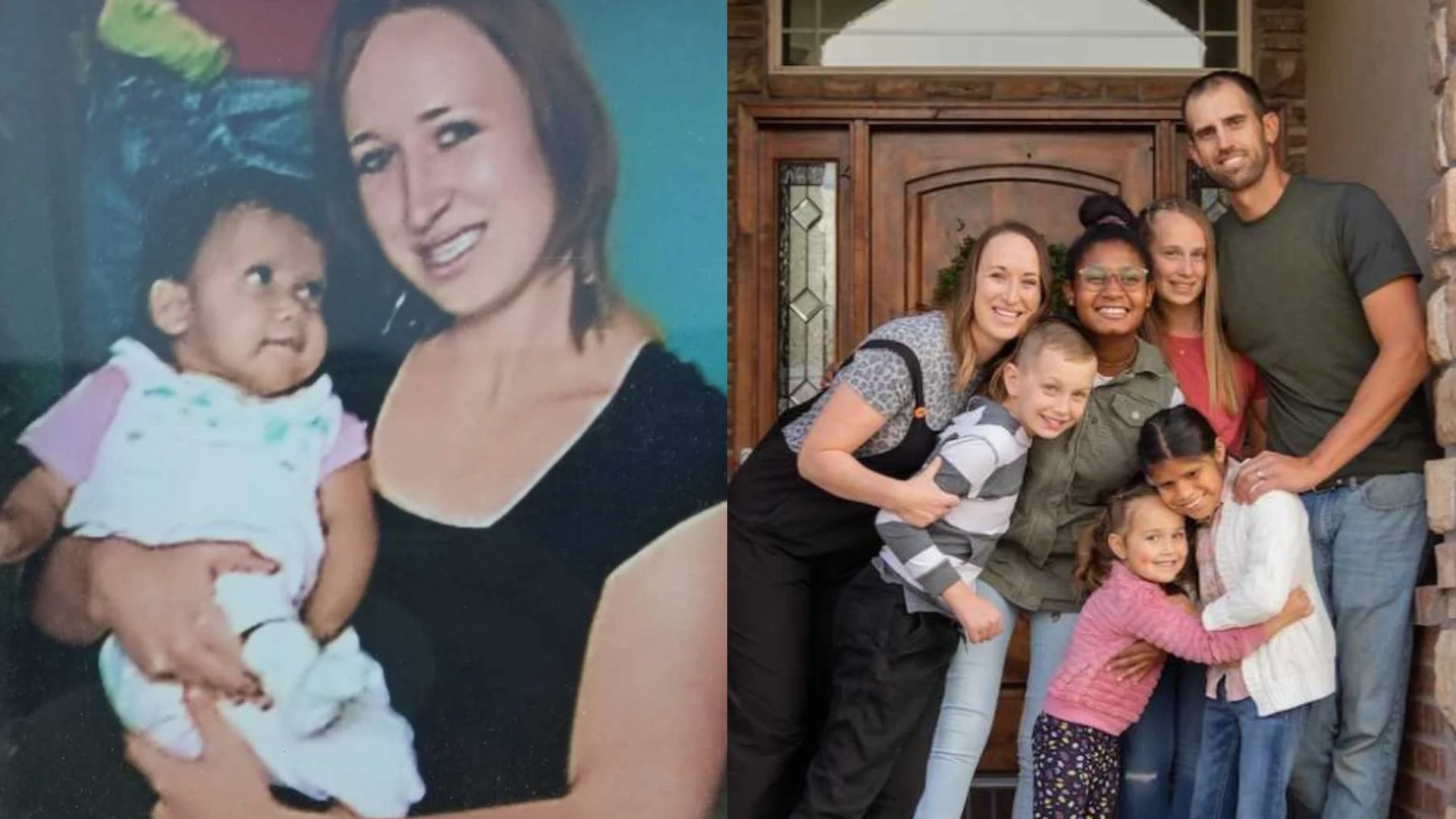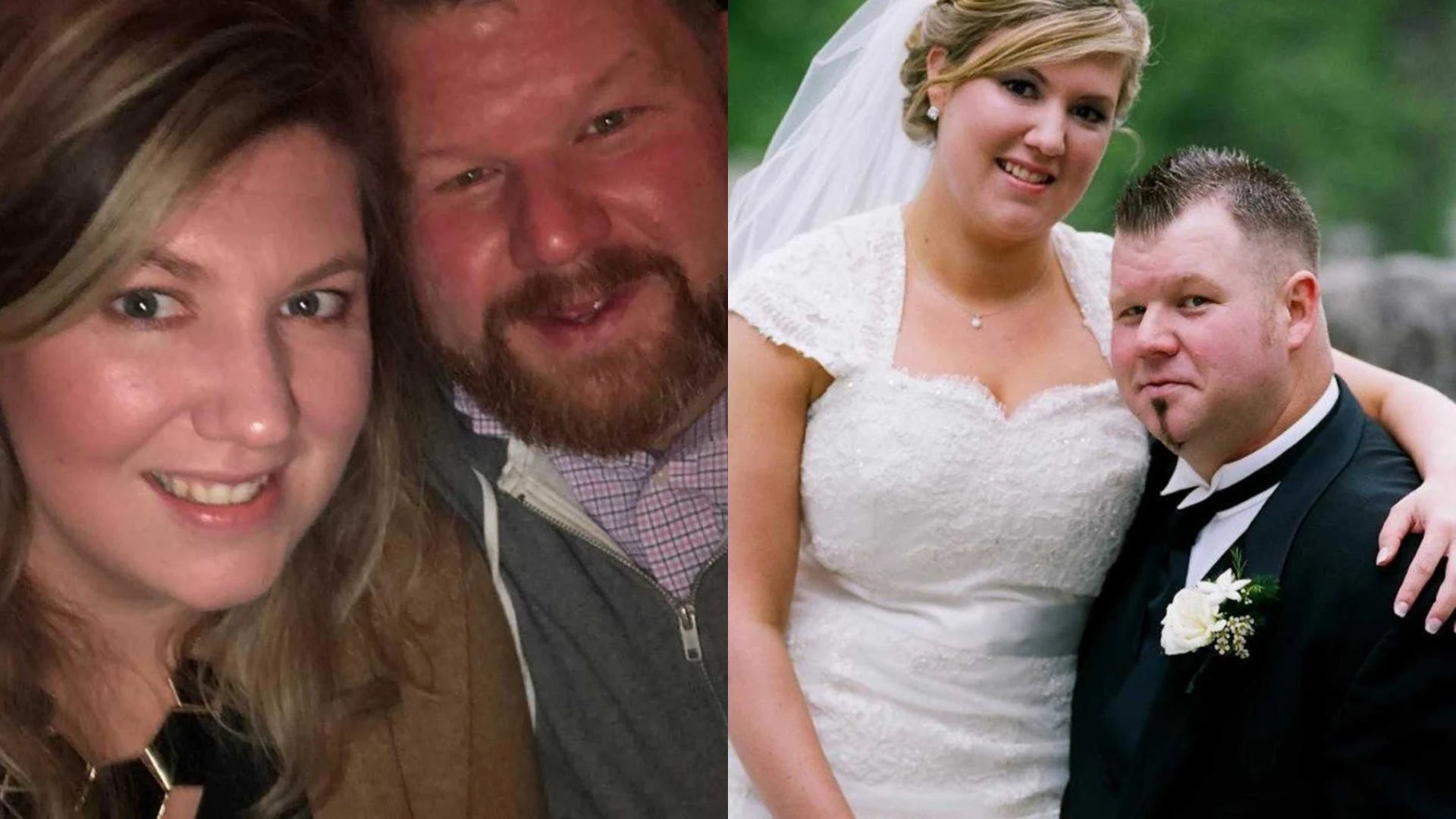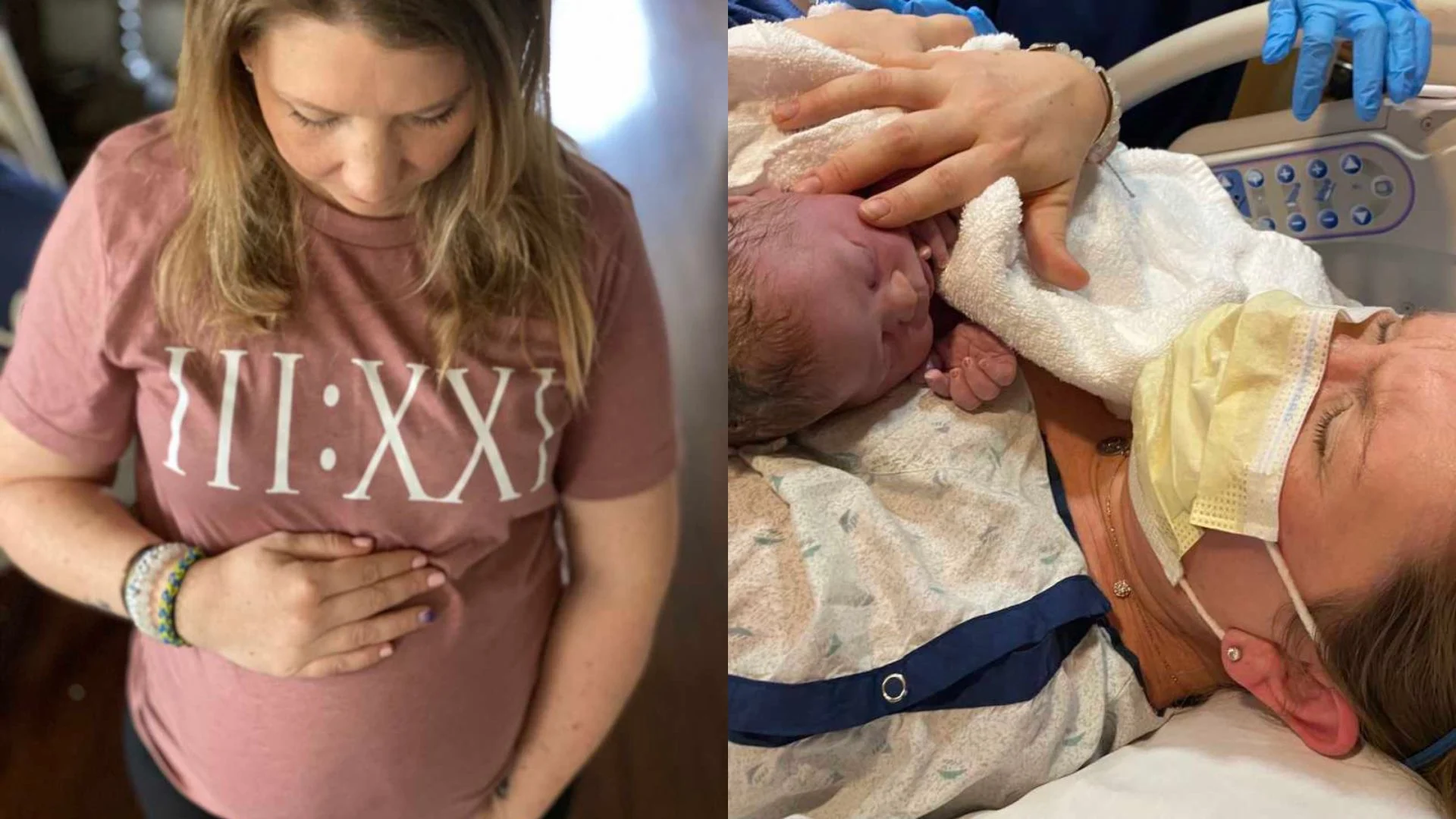Lily was born on December 13, 2020, at exactly 37 weeks. It all happened so quickly that I barely had time to process what was going on. I was only in the delivery room for about an hour before she arrived at 12:15 a.m. My pregnancy had been normal for the most part, though Lily was always measuring on the smaller side, so we had extra growth scans.
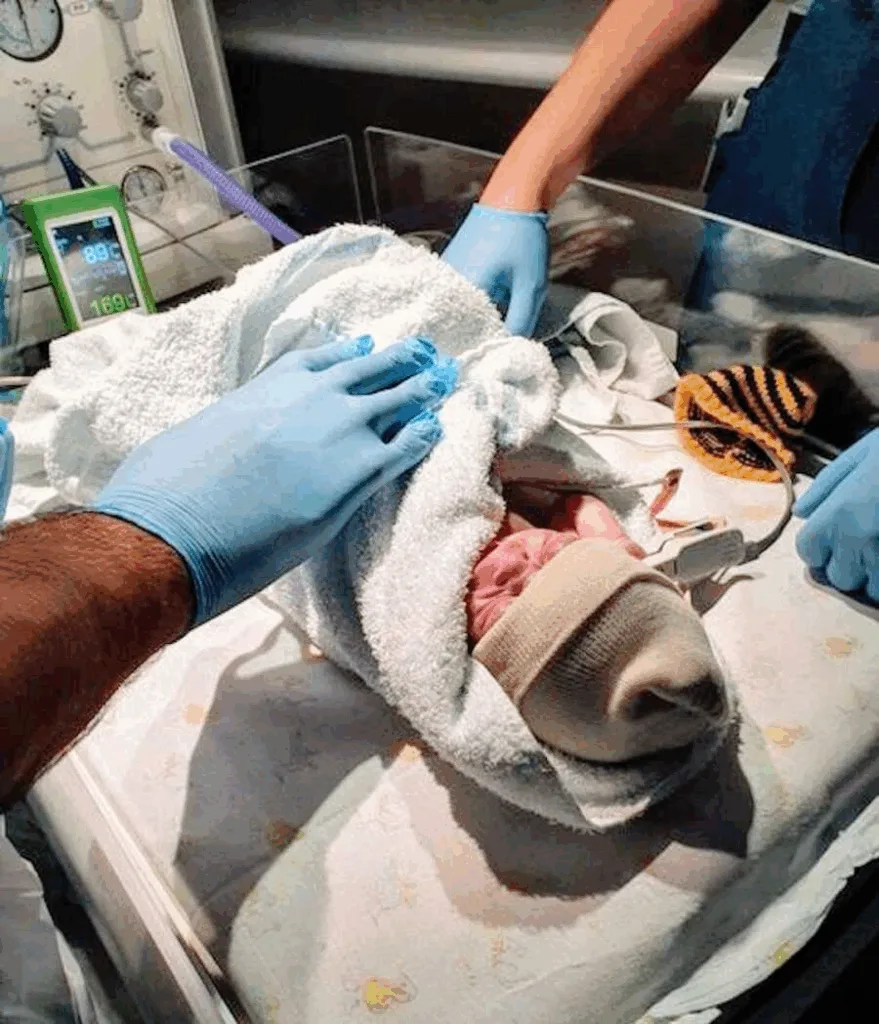
The moment she was born, the doctors placed her in an examination crib. She weighed only 4 pounds 7 ounces, tiny, delicate, and almost too fragile to touch. Her little face came out purple, and at first the doctors weren’t sure if it was just from the birth itself or if it was something permanent, like a birthmark. They told us time would reveal the truth.
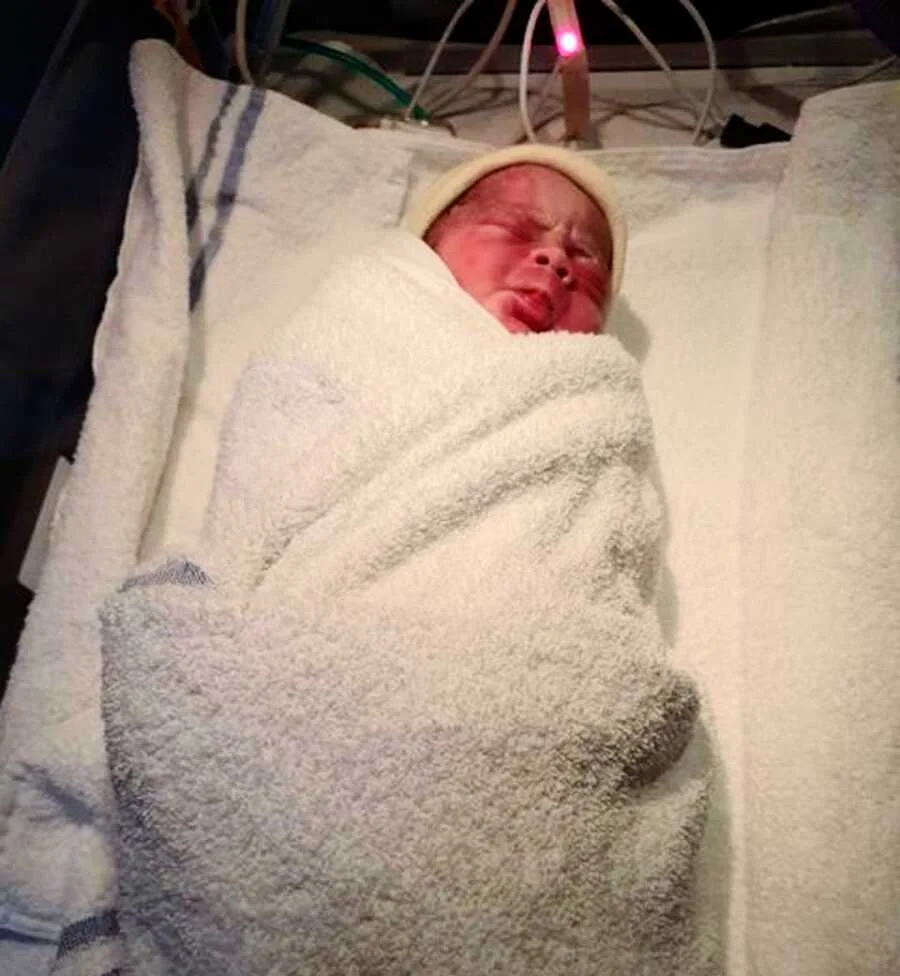
A few hours after she was born, once she had a few feeds, Lily started bringing up yellow mucus. The midwives quickly called a doctor to check on her. By complete chance, the doctor was right beside us when Lily began to turn blue. She wasn’t breathing. She was just 18 hours old, and already her fight for life began.
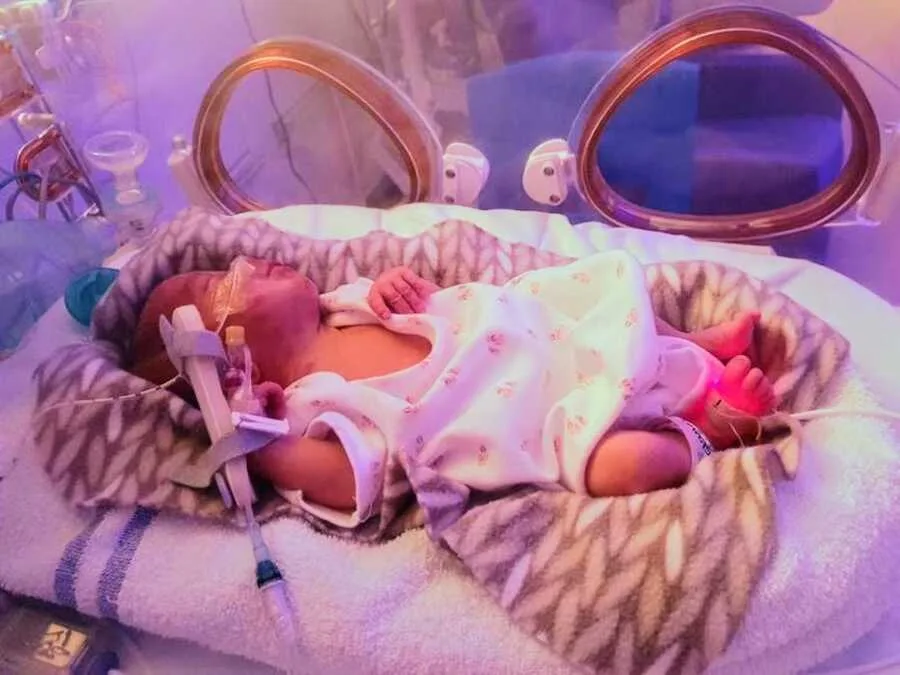
They rushed her to the resuscitation unit to stabilize her and then straight to the neonatal ward. She was placed in an incubator, hooked to wires and monitors that beeped constantly. We were moved into a private room while they worked on her. The wait felt endless, though it was only about forty minutes before they called us back in. Seeing our tiny newborn covered in wires, with an oxygen mask ready by her side, broke something inside of us.
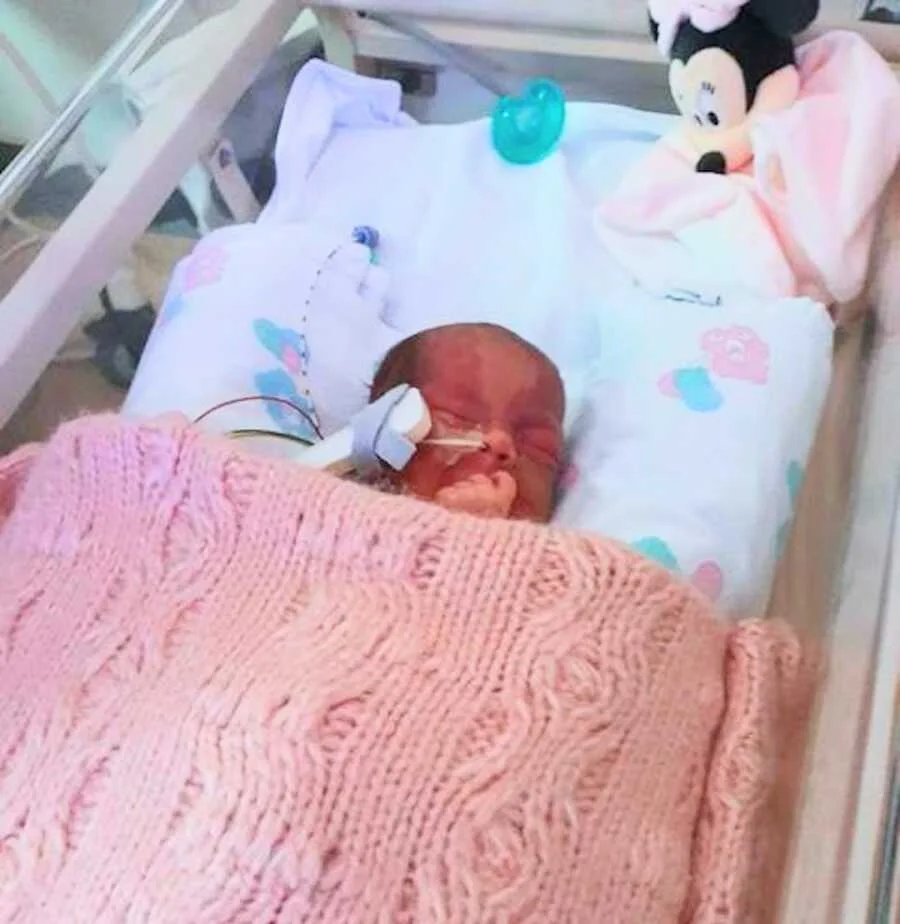
The doctors explained Lily was experiencing episodes of apnea, where she would suddenly stop breathing. These episodes didn’t happen just once; they came in clusters, repeating again and again through the next day. We stood helplessly as medical teams crowded around her, watching her monitor numbers fall lower and lower until finally, after what felt like forever, they would rise again. Every second was terrifying.
At just two days old, Lily had both an MRI and an EEG scan. Alongside the purple mark on her face, which they now identified as a port wine stain, the doctors gave us the diagnosis: Sturge Weber Syndrome. It’s a very rare condition that develops during pregnancy when certain brain nerves fail to form properly. It isn’t genetic, but it can cause many problems , different forms of epilepsy, vision issues, and developmental challenges. Lily’s seizures showed up as those frightening apnea episodes.
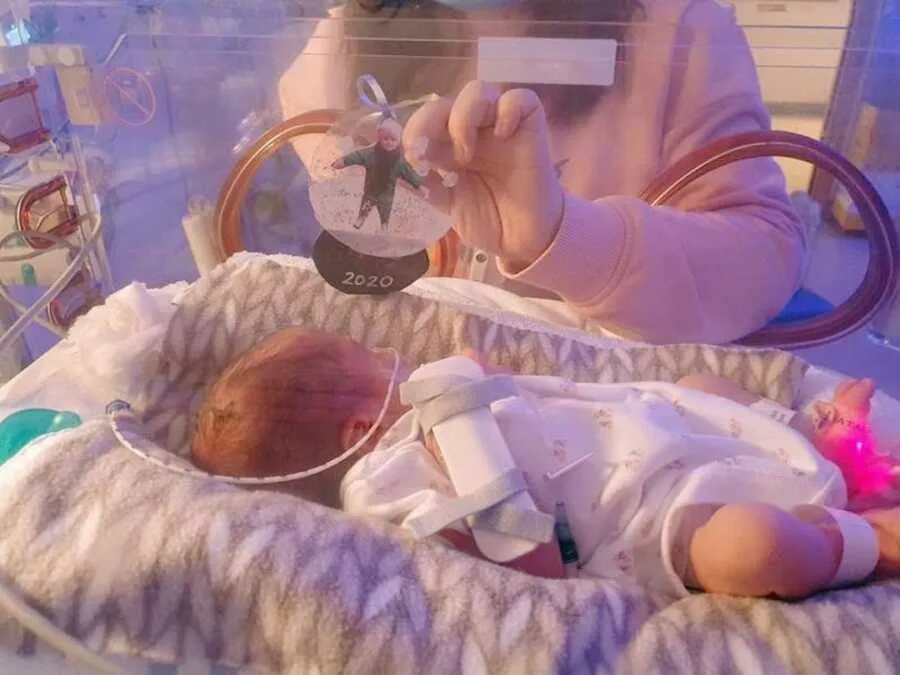
For days we were numb. Questions filled our heads: Why us? Why her? Did I do something wrong while pregnant? The pandemic made things worse. No family was allowed to visit, so it was just the two of us, trying to support each other through something we couldn’t even fully understand. The hospital kindly allowed my husband to stay overnight a few times, which was a small mercy I’ll always be grateful for.
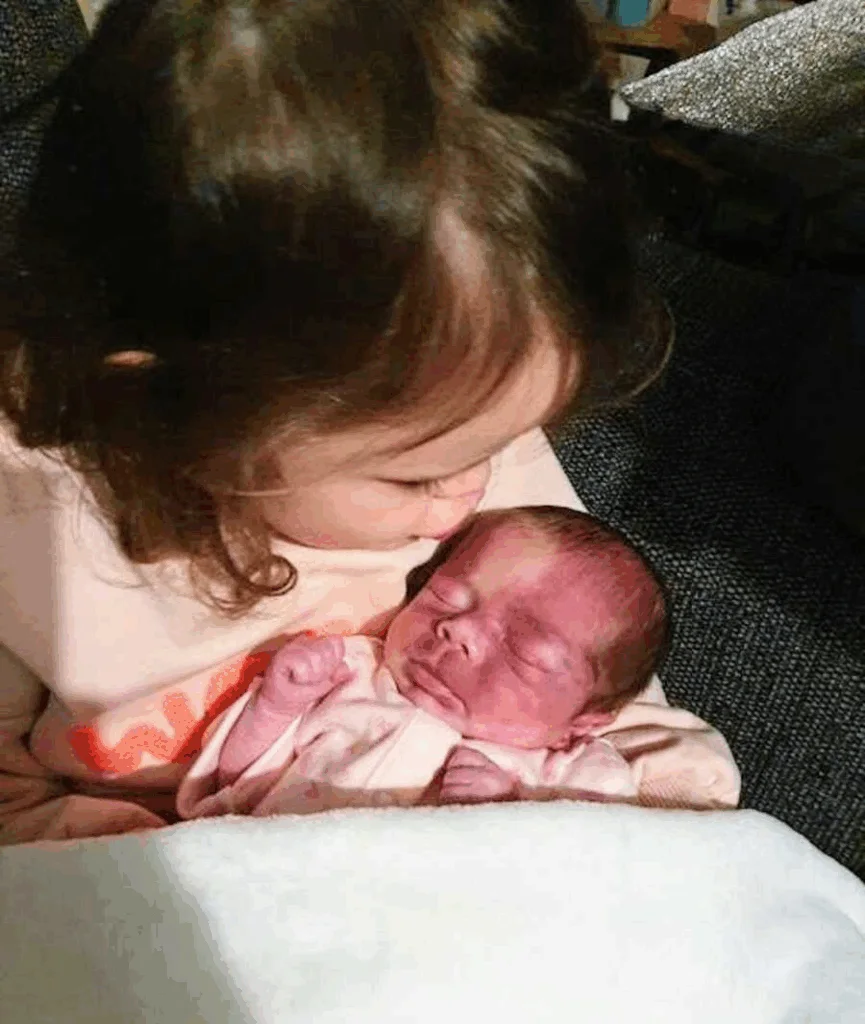
Meanwhile, our older daughter Chloe, who was only five, was at home. She couldn’t visit either, which was heartbreaking. Thank goodness for video calls, because she was desperate to meet her new baby sister. When the day finally came that Chloe saw Lily in person, the bond was instant. Even though she’s so young, Chloe understands Lily’s condition and has become a gentle, protective big sister.
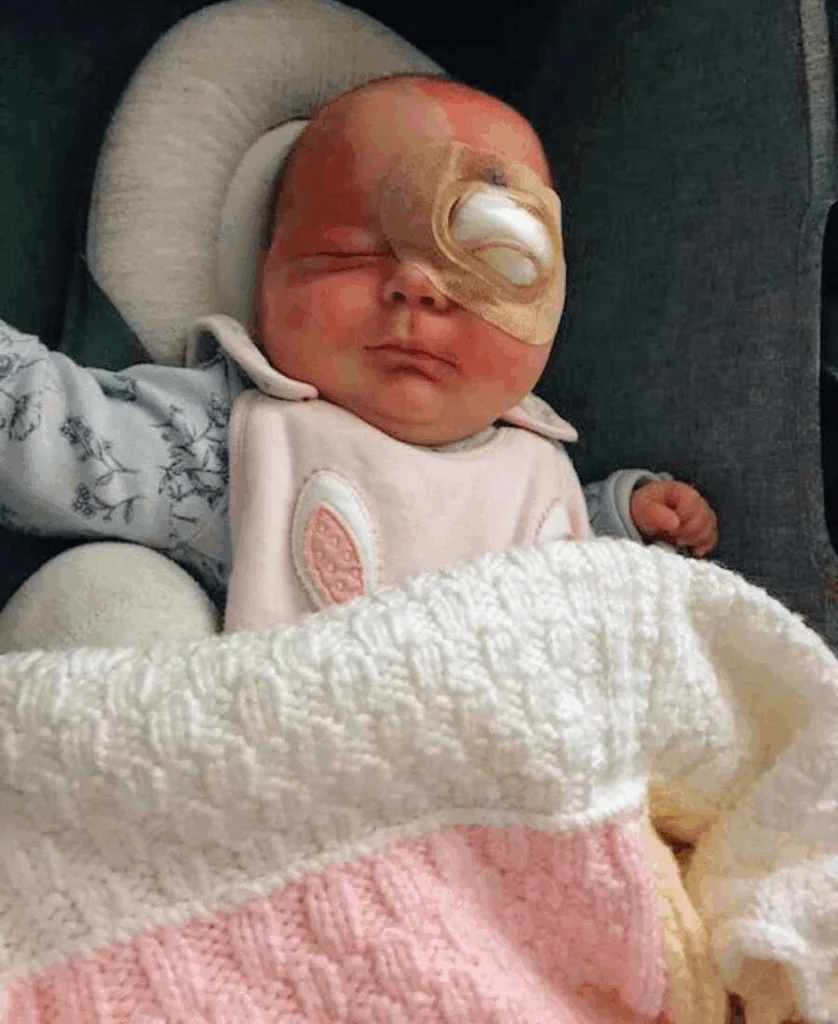
Doctors explained that the left side of Lily’s brain was affected, meaning she would always have some weakness on her right side. The port wine stain over her eye also meant she had glaucoma, a condition where extra blood vessels increase pressure in the eye and cause cloudy vision. By two weeks old, Lily had her first appointment at Birmingham Children’s Hospital, where they confirmed she needed eye surgery. At just four weeks old, she underwent her first procedure, followed by another at twelve weeks.
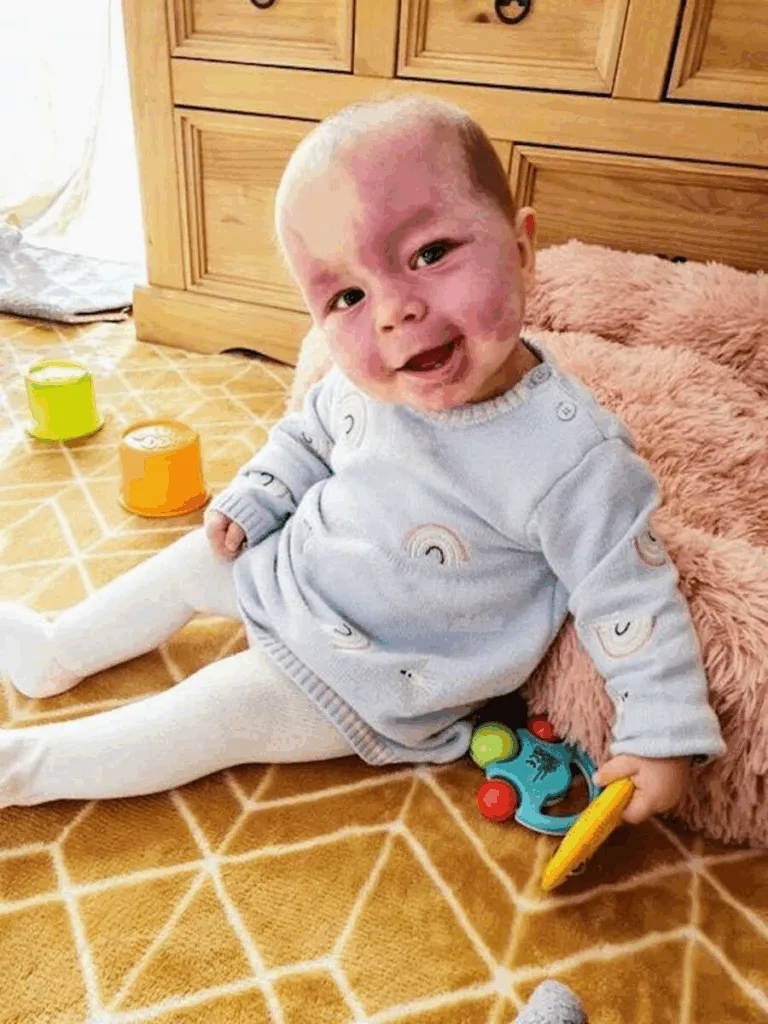
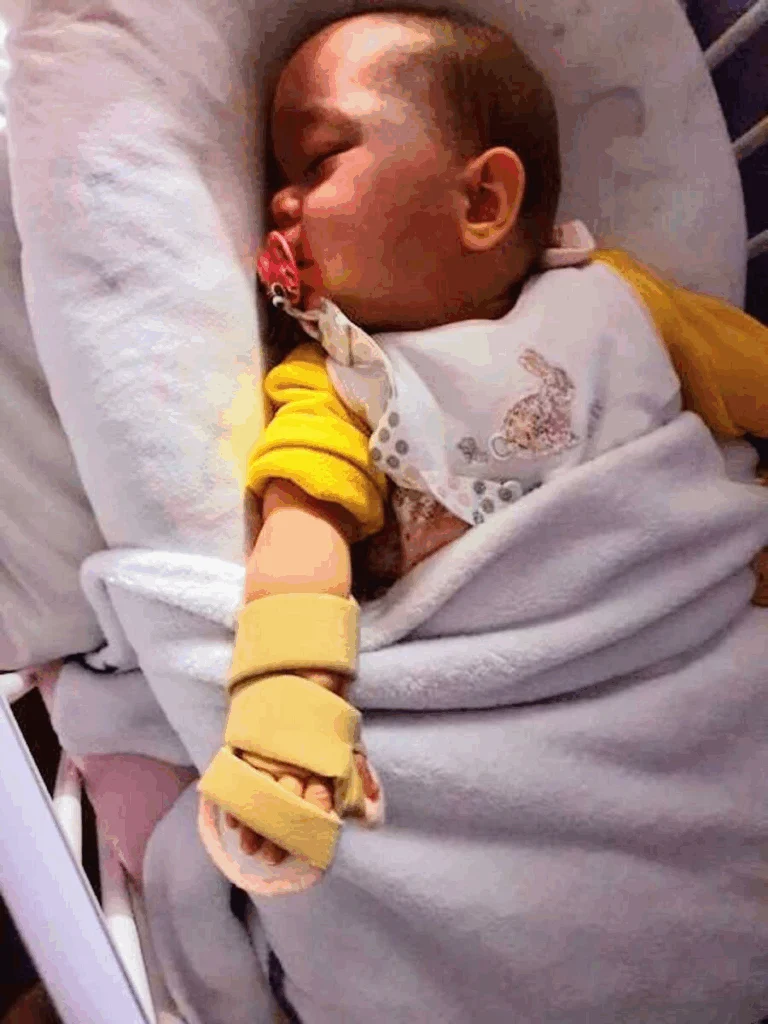
Alongside eye appointments, Lily attends physical therapy every month to help strengthen her right side. She wears a wrist splint at night and small boots to support her leg muscles. She also takes seizure medication twice a day, a blood thinner to lower her risk of stroke, and eye drops to keep her pressure under control. Eventually, doctors say she’ll need brain surgery to disconnect the affected part of her brain, which may help her live seizure-free. For now, they’re holding off, since she’s doing well.
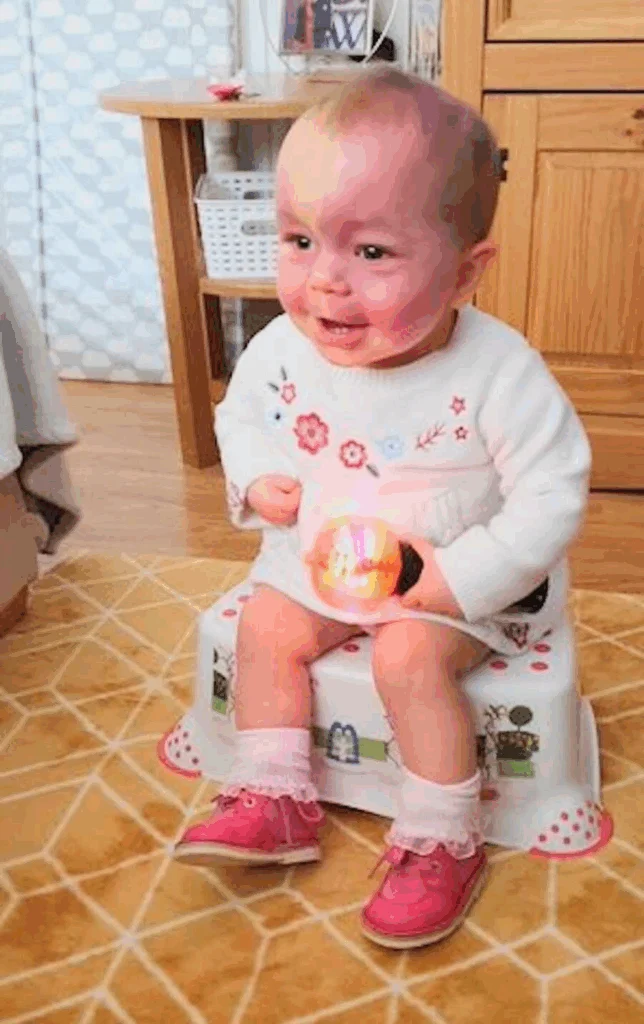
Despite everything, Lily is such a happy child. At sixteen months, she is full of personality, cheeky, determined, and always smiling. She can’t walk or crawl yet, but she rolls around quickly and finds her way to toys she loves. Watching her laugh after everything she’s been through fills us with pride.
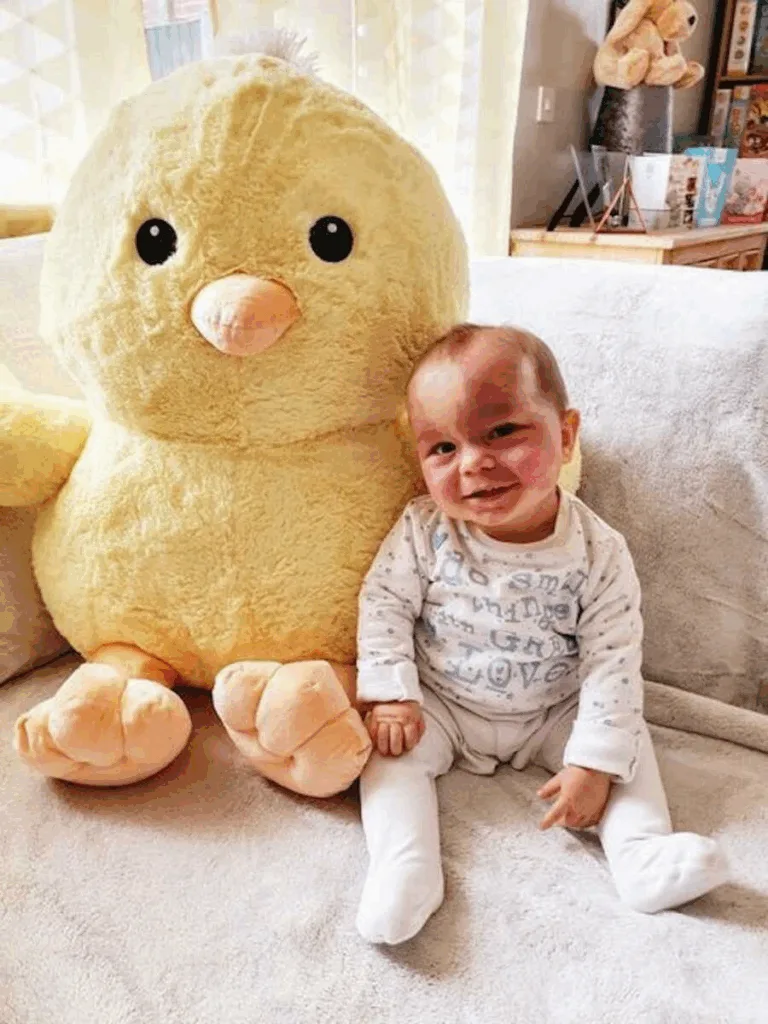
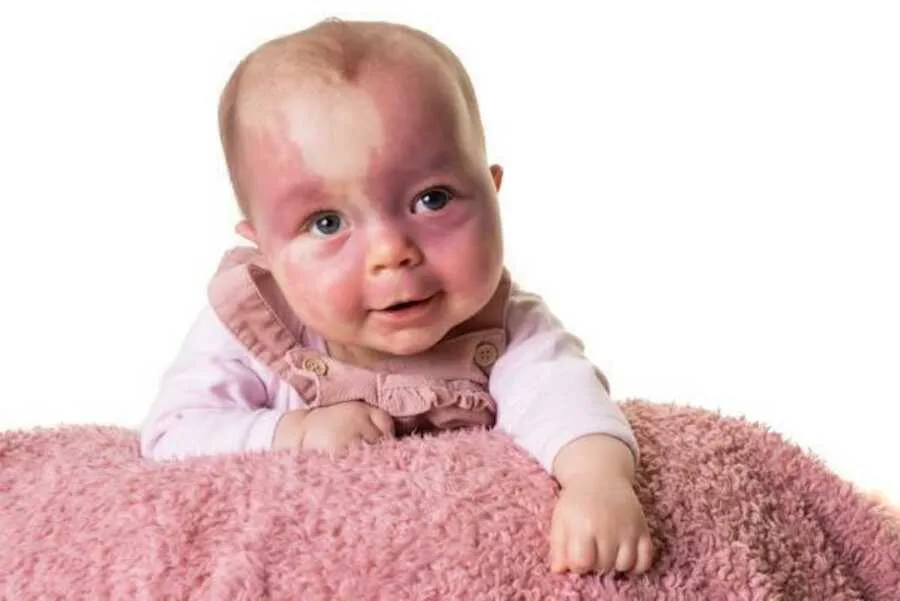
We know her journey will continue to have challenges, but she has already shown more strength than most adults ever face. If there’s one thing I’d say to other parents walking a similar path, it’s this: lean on your support system. Whether it’s family, friends, or the medical teams who care for your child, don’t try to carry it all alone. We are endlessly thankful for everyone who has stood beside us, and we know Lily will keep proving how strong she really is.

